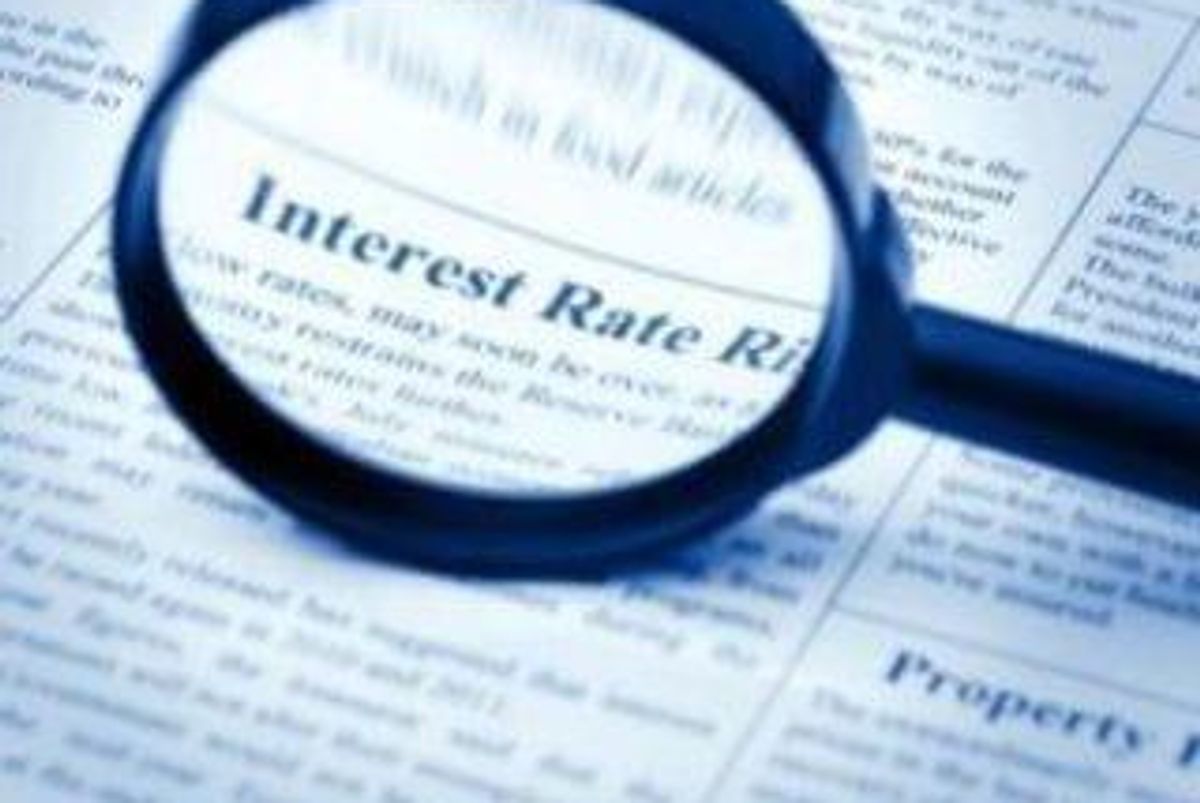US Uncertainty Could be the Kick the Gold Price Needs

Jeffrey Nichols, senior economic advisor at Rosland Capital, explained why that may be the case in a recent interview with the Investing News Network.
It’s been a rocky week for the gold price, and comments made by the US Federal Reserve haven’t made things any easier for the yellow metal.
Fed Governor Lael Brainard said on Wednesday (March 1), that improvements in the economy mean it “will be appropriate soon” for an interest rate hike, while Fed Governor Jerome Powell said, “the case for a rate increase in March has come together.”
On the back of those comments the precious metal looked set to notch its weakest session since December of last year on Thursday (March 2). While it began the week at $1,249 per ounce as of 5:45 p.m. EST on Thursday it was down at $1,234.
To learn more about the factors that have been impacting the gold price lately, the Investing News Network (INN) spoke with Jeffrey Nichols, senior economic advisor at Rosland Capital and publisher of NicholsOnGold. Highlights of the conversation include:
- How an increase in nominal rates will contribute to higher gold prices
- Why Nichols thinks the gold price dropped following Trump’s address to Congress
- What it will take for the precious metal to break the $1,300 mark like it did in 2016
- Whether the gold price will reach its 2011 high of $1,924
Below is a transcript of the conversation. It has been edited for clarity and brevity.
INN: This week the gold price fell to its lowest level in a week on the Fed’s comments that interest rates will increase. You have said that real rates matter the most — how will an increase in nominal rates contribute to a higher gold price.
JN: The key here is that inflation expectations are likely to rise more quickly than nominal interest rates. Even though we may have an increase in nominal interest rates of as much as a quarter point when the Fed meets, at the same time we’re seeing inflation indicators — consumer price index, producer price index — rising more rapidly. In real terms rates are declining, and that’s generally bullish for gold.
In fact, gold was off sharply today. And I think the main reason is the statements made by various Fed officials that rates are likely to move higher sooner rather than later. The economic data that’s come out in the last few days has been also fairly positive, giving the sense that if the economy is doing well, the Fed has room to raise rates without risking any major decline in the marketplace. I think that’s really been one of the main issues: whether the economy can sustain a rise in nominal interest rates. That’s why the Fed, really for the last year or longer, has been very careful in raising rates and not touching off another economic setback.
INN: It’s been said that Trump will be good the gold price, but since his address this week to Congress gold has dropped to around the $1,230 mark. Why do you think that’s the case?
JN: I think a relatively small number of hedge funds and institutional speculators are really moving the market one way or the next. There isn’t a broad range or widespread participation behind all these moves. Rather, it’s a few large institutional participants who are trading somewhat technically and reacting to the market.
What I’m trying to say is a small number of participants have been calling the tune, really, for gold. They’re very technically oriented, so that if gold rises it attracts more positive participation, and if gold falls it attracts shortsellers. What I think happened in the last day or so was the market hit a ceiling. When it became clear to these traders that gold wasn’t going to move higher, particularly given the news of the last few days … it touched offselling and swiftly the gold price tumbled.
The question now is where will it find support and how long will it take for the same players to react more positively and push the market back up again. What we’ve really seen for some time now is gold trading in the very short-term range around the current price, whatever that may be, and a wider range over a longer time period.
I wouldn’t attach too much importance in terms of fundamental analysis to the sharp moves. The key question is, is the trend up or is it down for the longer term? I think it’s going to be up for the longer term, but we just really have to wait and see.
INN: What do you think it will take for the gold price to break $1,300 like it did last year with Brexit?
JN: First of all, inflation expectations will become an increasingly important factor. Secondly, one of the big unknowns is really what’s going to happen in the political sphere, particularly in the US with Trump. At what point does that become a factor for the gold market? We know that gold, historically, thrives on uncertainty.
One of the key areas of uncertainty increasingly in recent days, weeks, months has been the US political situation and how that is going to unfold. I don’t think anybody really knows at this point how it’s going to unfold, but we do know that it’s likely to be a positive for gold. It may be the factor that kicks gold into a more bullish upmove in the next few weeks or months.
INN: You’ve also said that gold could recover much, if not all, of its lost ground since hitting $1,924 in 2011. Do you see that happening this year, or is that more of a longer-term price increase?
JN: I think it’s possible this year, but not very likely. I think it’s likely over a longer time period. But the key here is the idea that physical gold has been in the last several years moving from western markets to eastern markets — particularly China, greater China and to some extent India, which is starting to be a very big gold market.
I think what’s happening is that as gold moves from western markets to eastern markets, it’s moving from what you might call weak hands into strong hands. Much of the gold that’s traveling to Asia is never going to come back here to the west. It’s not going to come back in part because the motivation of buyers in those regions is somewhat different. It’s not a reaction to the latest bit of news; it’s not because inflation is moving higher in the short run; it’s not because of political issues in most countries. It’s because the people in these countries have a historic proclivity to invest in gold, and hold gold as a form of savings for the long term.
Moreover, with regard to Chinese gold holdings, it’s illegal for gold to be exported from China. While China takes in a lot of gold, none leaves. When the rest of the world gets turned on to the idea that they should all sell gold, they’re going to have to bid prices up in order to make it available. That’s the reason why my forecast, while it may seem extreme to many, the idea that gold could possibly go to its previous high and in the longer term still higher. In order to buy it you’re going to have to pay more for it.
INN: How significant is the role of physical gold demand to the price? When it goes to the eastern markets, does that drive up the price of gold?
JN: It hasn’t in the last few years been a major factor, but what I’m saying is it will become one when demand for gold picks up.
Don’t forget to follow us @INN_Resource for real-time news updates!
Securities Disclosure: I, Jocelyn Aspa, hold no direct investment interest in any company mentioned in this article.
Editorial Disclosure: The Investing News Network does not guarantee the accuracy or thoroughness of the information reported in contributed article. The opinions expressed in these interviews do not reflect the opinions of the Investing News Network and do not constitute investment advice. All readers are encouraged to perform their own due diligence.




